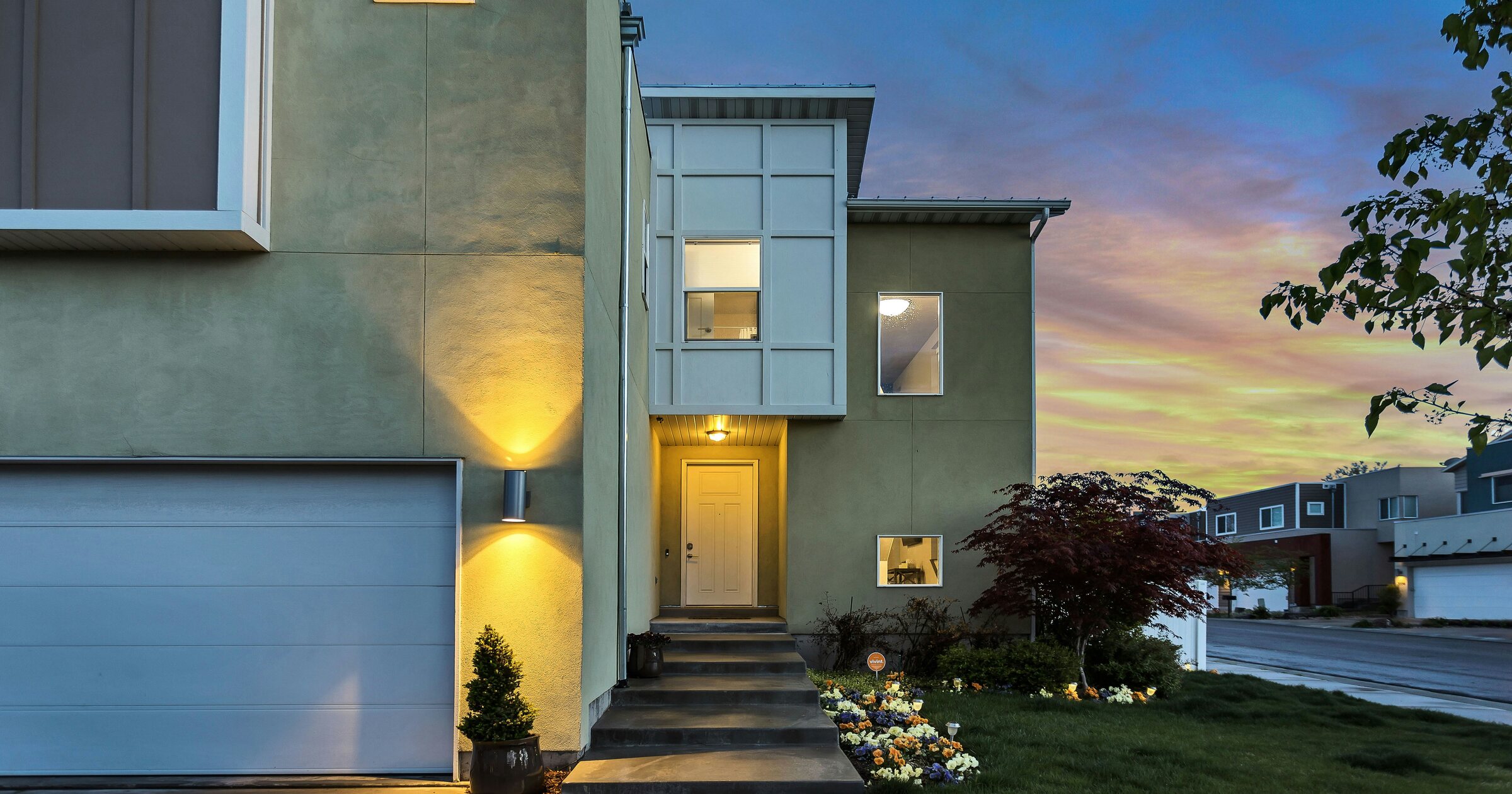It is extremely important to learn about security deposits and the laws related to them when renting anywhere in the world. Unlike some other countries, in the US, each state has different regulations on rental laws.
Therefore, if you plan to live and work in Connecticut, you should learn about Connecticut security deposit laws. Understanding them is critical for both tenants and landlords because it will help you protect your rights.
If you’re in a hurry, you can quickly look at the quick facts table below and find helpful information for yourself. But in case you want to learn more about Connecticut’s rental laws, don’t hesitate and scroll down below now.
For more details, you can refer to the full resources at CT GOV.
Overview of Security Deposits in Connecticut

Security deposits are typically required before a tenant moves into a rental unit. The deposit is intended to cover potential/future damages, unpaid/late rent, or other breaches of the lease agreement. Connecticut law ensures this process is transparent, fair, and legally compliant.
To avoid conflicts or even disputes, landlords and tenants must be aware of these legal obligations. Mismanagement or misuse of security deposits can lead to penalties, fines, or strained relationships between the parties. By adhering to Connecticut security deposit laws, both parties can ensure a smooth rental process.
Allowable Security Deposit Amounts
The state of Connecticut regulates the maximum amount landlords can charge as a security deposit:
- General Tenants: Landlords may require a security deposit of up to two months’ rent from most tenants.
- Tenants Aged 62 or Older: To reduce financial strain on senior citizens, landlords can only request one month's rent as a security deposit.
Key Considerations for Landlords
Landlords must follow these rules when determining security deposit amounts:
- Legal Documentation: To avoid disputes, the agreed security deposit amount must be clearly stated in the written lease agreement.
- Prohibited Overcharging: Charging tenants more than the legal limit can result in severe penalties, including legal action and financial liability.
- Flexibility for Senior Tenants: Landlords should remain aware of this special provision and adjust their practices accordingly to comply with state law.
Landlords who overcharge tenants or fail to comply with the security deposit laws can face legal consequences under Connecticut General Statutes Chapter 831. Tenants have the right to report violations to local housing authorities or file claims in small claims court to recover overcharged amounts.
Therefore, by following Connecticut's security deposit laws, landlords and tenants can establish a transparent and respectful rental agreement, minimizing conflicts and ensuring a fair housing experience.
Interest Accrual on Security Deposits

How about the interest on security deposit in CT? It’s a significant amount of money, isn’t it? Connecticut law mandates landlords pay interest on security deposits held for over a year. This ensures tenants receive fair value for their funds while they remain in the landlord’s possession.
Recently, based on Connecticut General Statutes § 36a-26, the Commissioner decided that the new interest rate for security deposits for 2025 is 0.52%.
Key Details on Interest Accrual
- Annual Rate: The Connecticut Department of Banking sets the annual interest rate, which fluctuates based on economic conditions.
- Payment of Interest: Usually, interest is deducted from rent by mutual consent or paid yearly on the anniversary of the lease start date.
- Documentation: Landlords must provide tenants with a breakdown of the interest earned and paid to maintain transparency.
Failure to comply with these interest requirements may result in penalties, including tenant claims for damages or additional fines.
Handling and Escrow Requirements for Security Deposits
Connecticut law outlines strict requirements for handling and storing security deposits to protect tenants' funds.
Escrow Accounts
- Security deposits must be kept in a separate escrow account at a federally insured financial institution located within Connecticut.
- Landlords are prohibited from commingling security deposit funds with personal accounts.
Notification to Tenants
- Landlords must inform tenants in writing of the account details, including the financial institution's name and address, within 30 days of receiving the security deposit.
- This notification ensures transparency and accountability.
Maintaining an escrow account safeguards tenant funds and ensures landlords comply with state regulations.
Permissible Deductions from Security Deposits

Connecticut law allows landlords to deduct from a tenant’s security deposit under specific circumstances, ensuring fairness in the landlord-tenant relationship. These permissible deductions are explicitly outlined to prevent misuse of the deposit funds.
Below are the key scenarios where deductions are allowed, along with detailed explanations and examples:
Property Damage Beyond Normal Wear and Tear
One of the most common reasons for security deposit deductions is property damage. Connecticut law clearly distinguishes between normal wear and tear (which cannot be deducted and automatically charged to the owners/landlords since it’s their responsibility) and excessive damage caused by tenants or their guests.
- Examples of Normal Wear and Tear: Faded or chipped paint due to age, minor scuff marks on floors/walls, and lightly worn carpets due to regular foot traffic.
- Examples of Excessive Damage: Large holes in walls caused by hanging heavy items improperly or other human-made reasons, broken appliances due to misuse or neglect, and stained/burned carpets requiring replacement.
Landlords must document these damages thoroughly, often using photos or videos taken before and after the tenancy, to justify deductions.
For tenants, in case landlords cannot fulfill their tasks, such as providing heat, gas, or electricity, tenants can, based on the lacking amount, request a rent deduction.
Unpaid Rent
Based on Connecticut security deposit laws, if a tenant vacates the property without settling their rent obligations, landlords are legally entitled to use the security deposit to cover unpaid rent.
For example, if a tenant owes $500 in rent at the time of moving out and their deposit is $750, the landlord can deduct the $500 from the deposit and return the remaining $250.
However, landlords cannot demand additional compensation from the deposit for future unpaid rent if the lease has already been terminated unless stipulated in the lease agreement.
Cleaning Costs
Cleaning deductions are permissible only if the tenant leaves the property in an unsanitary condition beyond reasonable expectations.
- Allowable Cleaning Deductions: Removing excessive dirt, grime, or mold from bathrooms and kitchens, cleaning up pet odors or stains not addressed by the tenant, and removing trash or personal items left behind by the tenant.
- Prohibited Cleaning Deductions: Regular cleaning needed to prepare the property for the next tenant and replacing minorly dirty carpets or curtains that could have been cleaned.
Because of that, landlords should outline cleaning expectations in the lease agreement to minimize misunderstandings and avoid conflicts or miscommunications.
The Requirement of an Itemized Statement

To ensure transparency, Connecticut security deposit laws require landlords to provide an official itemized statement outlining all deductions made from the security deposit. This statement must include:
- A detailed description of the damages or unpaid rent.
- Costs incurred for repairs, cleaning, or other allowable expenses, are supported by receipts or invoices.
- The remaining balance of the deposit, if any.
Landlords must send this statement to the tenant’s forwarding address within 30 days of lease termination or move-out. Failure to do so can result in penalties, including liability for twice the security deposit amount under Connecticut General Statutes Chapter 831.
Overall, tips for landlords and tenants to foster trust and reduce the likelihood of legal disputes over security deposits are:
- For Landlords: Conduct a detailed move-in inspection with the tenant and thoroughly document the property’s condition. Use this record during the move-out inspection to assess damages fairly.
- For Tenants: Maintain the property responsibly, communicate any damages promptly, and ensure the unit is thoroughly cleaned before vacating to avoid disputes.
Procedures for Returning Security Deposits
Are you asking yourself, "When do landlords have to return security deposit?”. Don’t worry, Connecticut security deposit laws are evident in the process and timeline for returning security deposits:
- Return Timeline: Landlords must return the security deposit, along with an itemized statement of any deductions, within 30 days of the lease termination or tenant move-out.
- Forwarding Address: Deposits and statements should be sent to the tenant’s forwarding address or their last known address.
- Penalties for Non-Compliance: Landlords who fail to return the deposit or provide a detailed deduction statement may face legal penalties, including liability for twice the withheld amount.
Tenants should ensure they leave the property in good condition and provide their forwarding address to facilitate a smooth return process.
Final Note
Connecticut security deposit laws are designed to protect both landlords and tenants. By understanding and adhering to these regulations, landlords can avoid legal disputes, and tenants can safeguard their financial interests.
Most importantly, both parties should communicate openly and document all transactions to ensure transparency and compliance. With proper knowledge and practices, the rental process can be mutually beneficial and hassle-free. If you still have some other concerns, feel free to contact us. We’re always willing to assist.



